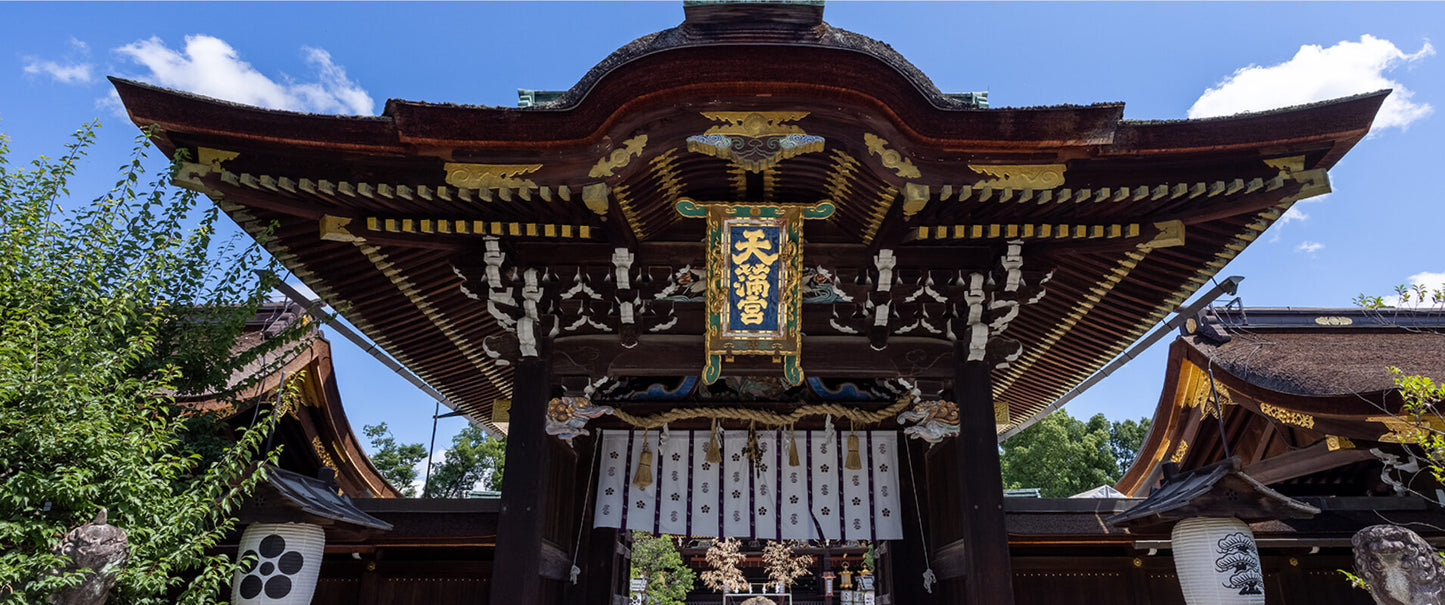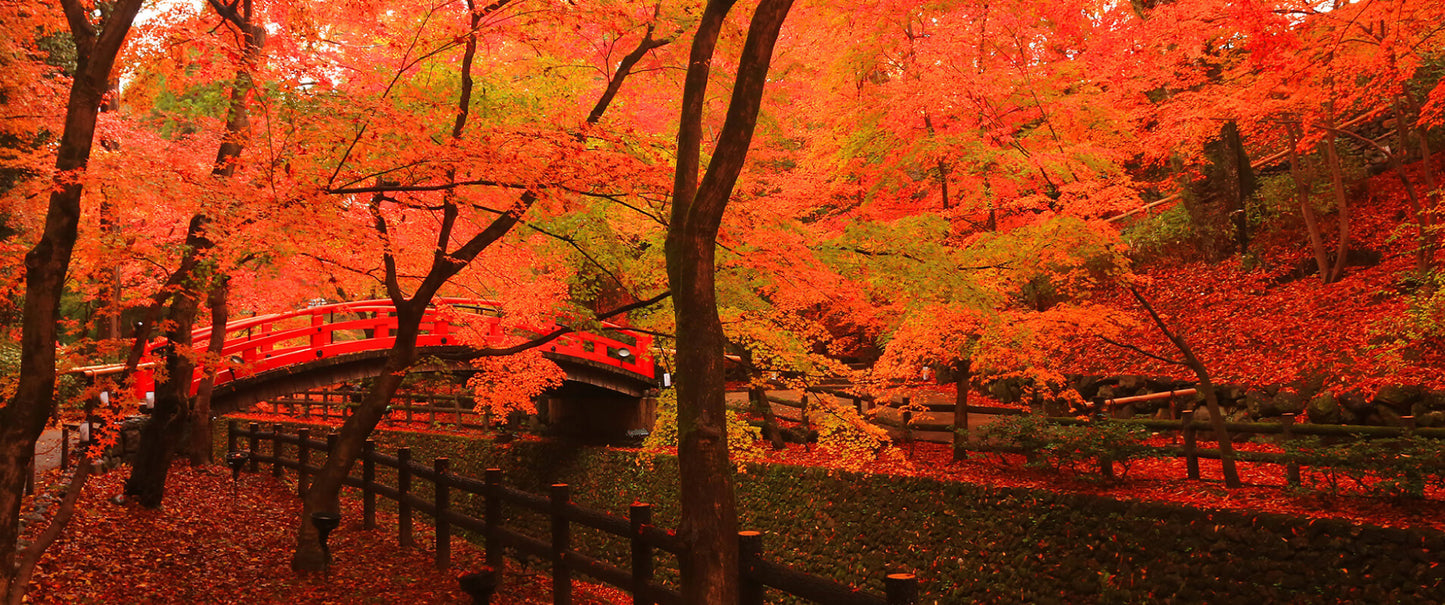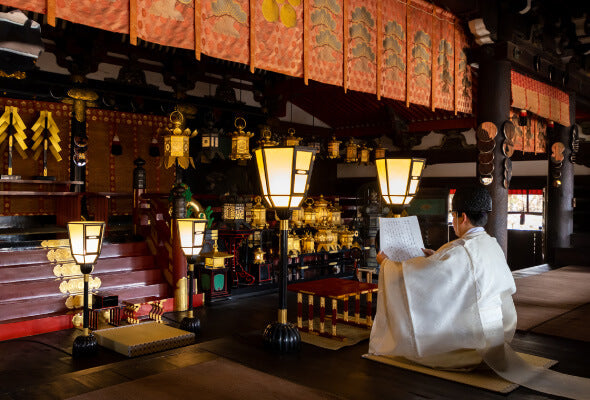Kitano Tenmangu Shrine
Kitano Tenmangu Shrine
The Kitano Tenmangu Shrine is a shrine built in the northwest section of Kyoto over 1000 years ago. The shrine was built during 947AD by the emperor of the time in honor of Sugawara no Michizane, a scholar and politician who represented the middle Heian period (794 AD – 1185 AD), as well as for the peace of the nation. Ever since, the imperial family, nobles, samurais and commoners alike all visit the shrine to worship.
The Kitano Tenmangu Shrine is the very first shrine in Japanese history where an actual person was enshrined as a deity. He is known as the “god of agriculture,” “god of honesty and sincerity,” “god of dispelling false accusations” and “god of performing arts.” However, he is best known for being the “god of academics.” Sugawara no Michizane is a historical figure who read poems at the age of five and wrote Chinese poems at the age of 11. His superior talent is what led to the dissemination of the “Tenjin faith” throughout Japan. There are as many as 12,000 shrines that are dedicated to Sugawara no Michizane in Japan, but the Kitano Tenmangu Shrine is the origin and the main shrine. To this day, many students that pray for passing scores on examinations and persons who wish for the improvement of their abilities come here to visit.
The main shrine, where the deity is enshrined, is positioned behind the worship hall, which is connected by the “Ishi-no-Ma Hall.” The main shrine, worship hall and the Ishi-no-Ma Hall have roofs above them, and by combining them all, create a large, elegant roof. This unique construction method, due to having numerous buildings, is called a “yatsumune-zukuri” (multi-building construction). The current shrine was constructed by Toyotomi Hideyori during the twelfth year of the Keicho era (1607 AD) and is designated as a national treasure.
The main shrine, Ro-mon Gate and Sanko-mon Gate were all built at the same time. They all have golden decorations, finely-detailed sculpting and vivid colors, fitting for the unique design of the Momoyama period (1573 AD – 1603 AD).
The vast shrine grounds have many more things to see. It is known as one of the nation’s best places to view ume trees. When the flowers bloom, the Bai-en (ume garden) is open to the public. The ume blossom festival on February 25 has a tea ceremony where the geiko and maiko of Kamishichiken come to serve matcha and sweets. During the season of the red maple trees, there is the Momiji-en (autumn maple garden) where one can see 350 maple trees. Remnants of the “Odoi,” an earthen mount of fortification built by Toyotomi Hideyoshi encircling Kyoto, can be seen here as well. They are designated as national historical sites and these historic remains have fused with the natural surroundings and have become a scenic view with an atmosphere unique to Japan. Also, having its roots on the anniversary of the birth and death of Sugawara no Michizane, on the 25th of each month, there is a street market called “Tenjin-san’s Festival” that is held within the shrine grounds as well as in the outer areas. You can purchase food, sundries, used clothes and used tools at the stalls here. The market is bustling from early morning at 6 AM to sunset, with many visitors.
URL: https://kitanotenmangu.or.jp/en/
Open: 7:00am - 5:00pm
Address: Bakurocho, Kamigyo Ward, Kyoto, 602-8386 [map]
Please note:
Reservations for some establishments listed on SHIZUKU cannot be made through our service. Please visit the establishment's website for reservation information.
Duration: 1 hour
Couldn't load pickup availability








